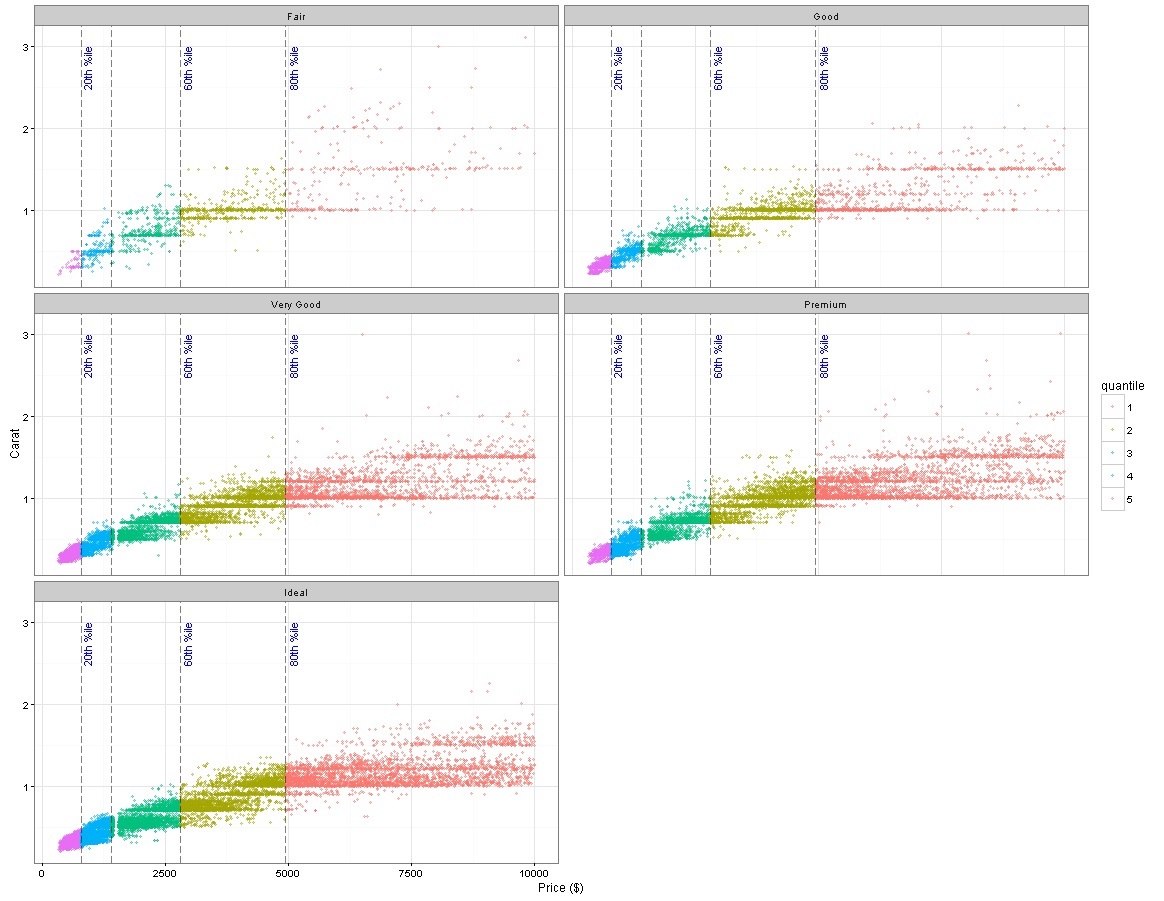In my questions about ggplot2, I have to upload the plots.
In order to do so, I copy the plot to Paint and save it as JPEG (I tried to save the plots as PNG, but the size was large, and I couldn't upload it).
Although I can see the plot clearly on my PC, the quality is reduced after uploading it, and I can't see it as clearly anymore as shown below.
I would appreciate any suggestions on how to upload the plot with high quality to be seen clearly without increasing its size.

